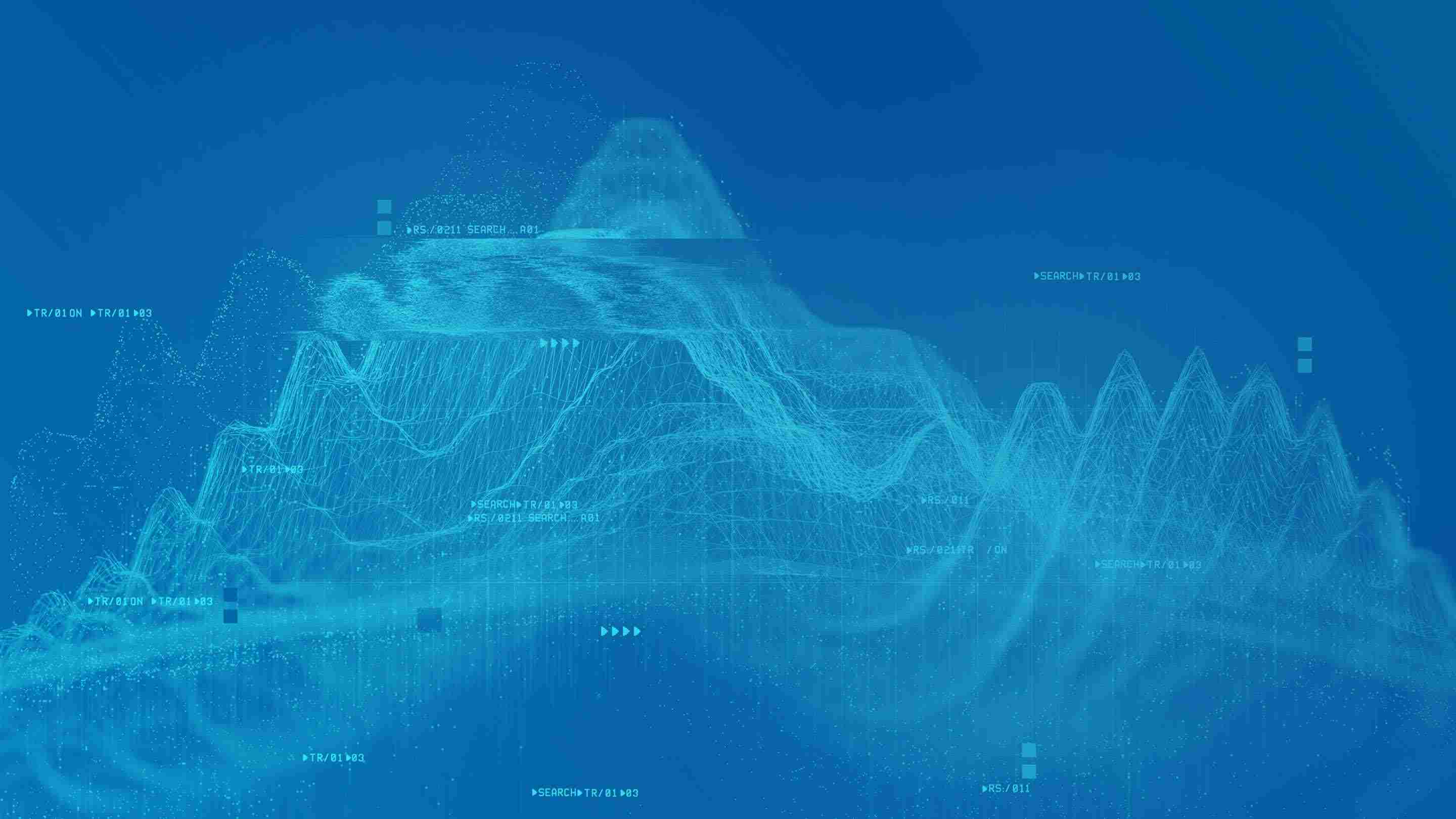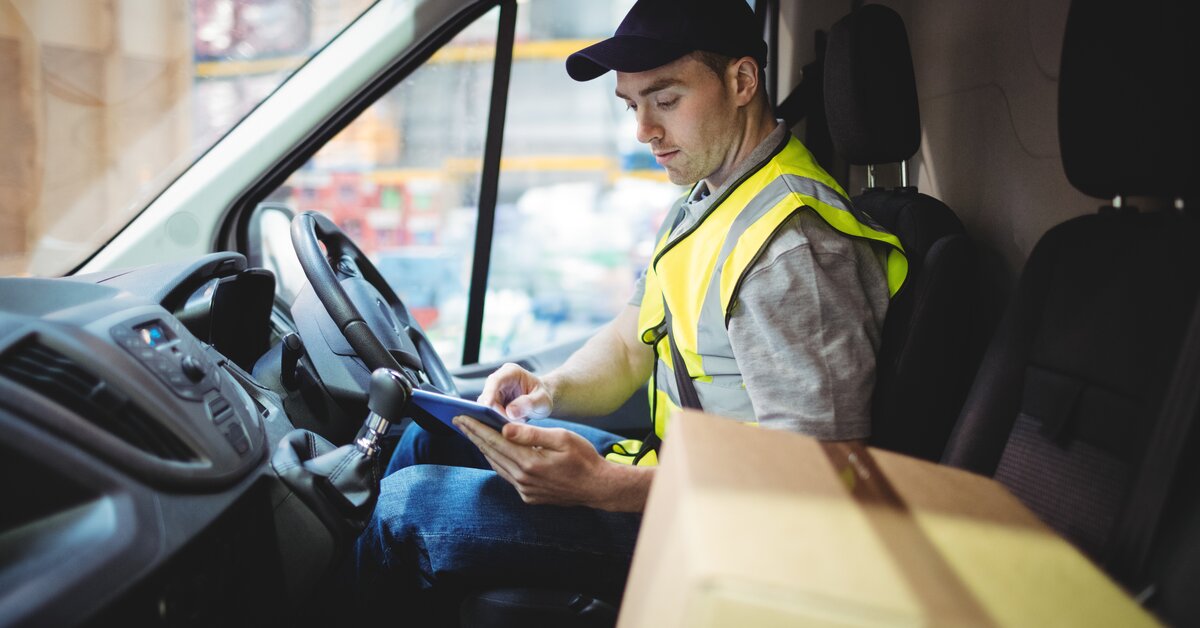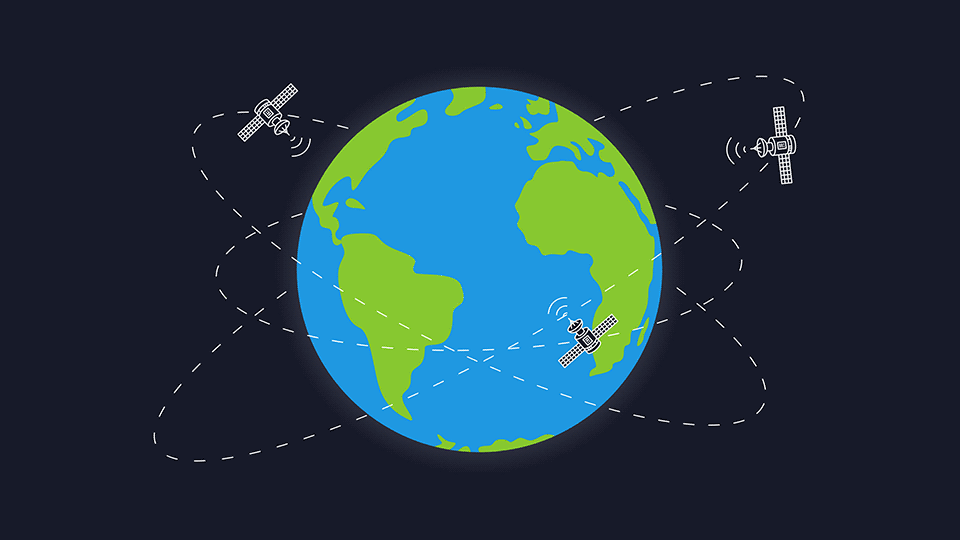Earning insurance discounts with telematics data
In Canada, there are two types of mandatory auto insurance coverage. Learn more about earning Insurance Discounts with Telematics Data
By Geotab
Dec 23, 2014
Updated: Dec 22, 2023

Car insurance premiums are determined based on driver risk factors. This includes numerous items, such as:
- The city and province you live in
- Type of vehicle driven
- Vehicle usage
- Any history of previous accidents
- Overall driving record
In Canada, there are two types of mandatory auto insurance coverage: Accident Benefits, also known as no fault benefits, and Third-Party Liability.
See also: Driver behavior: Managing your risk and lowering insurance premiums
Accident benefits
Accident Benefits mostly cover for medical treatment, income replacement, and other benefits to assist healing processes if an individual is injured as a result of a collision. The “No Fault Benefits” provides payment regardless of who caused the collision. According to IBC, this coverage is mandatory in every Canadian province, except for Newfoundland and Labrador.
Third-Party liability coverage
With Third-Party liability coverage, the person who did not cause the collision can sue the at-fault driver for additional costs and damages not covered by Accident Benefits. Further to this, the Third-Party liability also covers you for the legal costs of being sued if you are the driver at-fault. While Ontario has a hybrid program that includes both Accident Benefits and Third Party liability, Manitoba, Saskatchewan and Quebec do not have the Third-Party liability coverage as they have pure no-fault systems.
Coverage in the United States
The US has laws that are similar to the coverages mentioned for Canada. Some states are governed by Tort Laws, in which the party at fault pays the victim’s medical expenses and damages, such as lost wages and suffering. Other states are governed by No-Fault laws, in which all parties that file claims and are generally compensated without requiring a fault determination.
The role of telematics technology
Businesses must keep up with costs, including insurance rates and overall vehicle upkeep. There is also an increase in how telematics technology can help businesses reduce their commercial auto insurance. This includes vehicle and container tracking, fleet management, satellite navigation, wireless vehicle safety communications, emergency warning systems, and more. The data taken from telematics solutions can help improve driver behavior, which can also reduce fuel consumption costs, maintenance costs, as well as employee injury claims.
To qualify for a reduced rate in auto insurance, businesses may be required to have their vehicles installed with a telematic device in a number of their fleet vehicles. The insurance companies have their own list of approved telematics service providers, and each recommends that the business speaks with an insurance representative first to see if their telematic service provider qualifies.
The insurance companies review the policies annually and depending on the data pulled, it could change the rates. This will make it essential to practice preventative measures to keep the rates low.
Being able to track, manage and learn from the data pulled from your device will help improve the overall quality of your vehicle’s life, which directly saves you money. Further to this, Research and Markets identified that “in recent years, vehicle theft rates in countries such as Brazil and the U.S. are increasing, which is leading to the increased adoption of insurance telematics solutions.”
There are a few types of policies
- Commercially insured fleets: Insuring with insurance companies that accepts telematics data they can save a percentage off the premium.
- Self-insured fleets: A policy is required and the policy holder must be prepared to reinforce the policy, it all depends on the policy presented.
The policy might require employees to have clean MVRs (Motor vehicle reports). To achieve this, the company can reinforce staying within speed limits, and constant seatbelt usage for drivers. Additionally, to help self-insured fleets save money, employees can use the data to manage their driving habits, such as aggressive driving (harsh braking, and rapid acceleration) which can be fuel consuming and cause wear and tear on vehicles.
Maintaining and proper use of this data can aid in:
- Reduced vehicle damage (bent metal claims)
- Personal injury claims
- General liability
- Workers comp
A Geotab perspective
At Geotab, we have seen vehicle damage and self-insured injury claims drop from $30,000 per 1 million miles driven $0.03 per mile to $22,000 per million miles driven $0.022 per mile.
- a) For a vehicle driving 30,000 miles per year - vehicle damage claims can drop from $900/yr avg. before a Telematics policy, to $660/yr avg after. $240 per year in savings.
- b) Forensic accident data and first notice of loss from the notification of an accident helps reduce claims cost and time to settle for at fault and preventable accidents.
- c) Even self-insured fleets must insure their excess general liability. The insurance premium on this can be reduced after successful deployment and proven reduction in accidents and claims amounts.
- d) Proof of activity that can be used to prove employee whereabouts for false workers compensation claims are used by firms as part of their private workers comp investigations.
Safety on average usually drops a vehicle from $5000 to $3500 ($1500/yr avg) once a policy is in place and reinforced by diligent follow up by the firm.
It's clear that telematics and safety go hand in hand, and the benefits of insurance continue to grow. To learn more, post your questions and comments in the box below!
Subscribe to get industry tips and insights
Geotab team
Table of Contents
Subscribe to get industry tips and insights
Related posts

.jpg)

Creating a fleet safety culture that’s built to last: Lessons from Missouri DOT and NYC
July 7, 2025
8 minute read



Field service is losing money to bad data: Go beyond GPS with smarter telematics
June 27, 2025
3 minute read